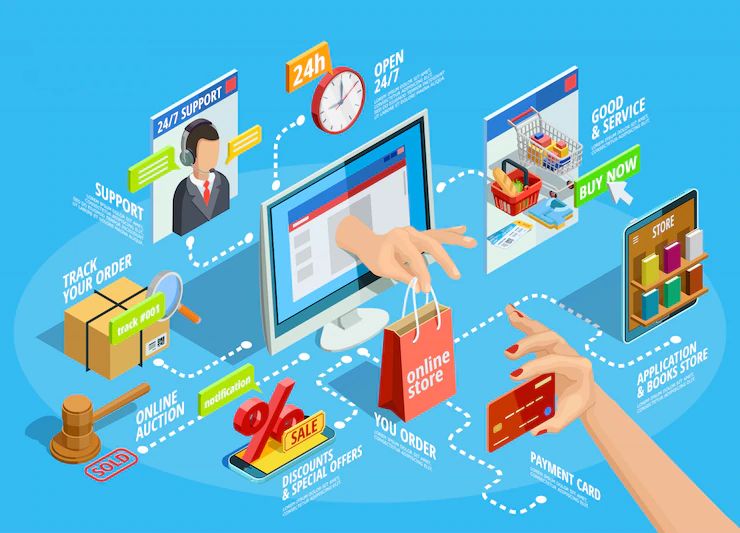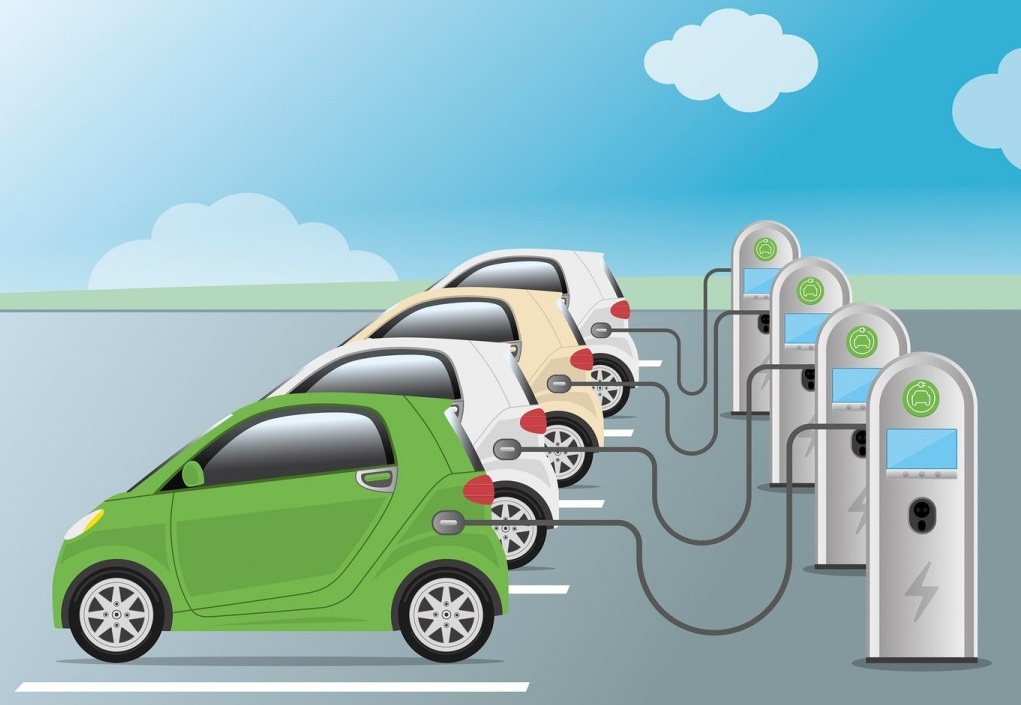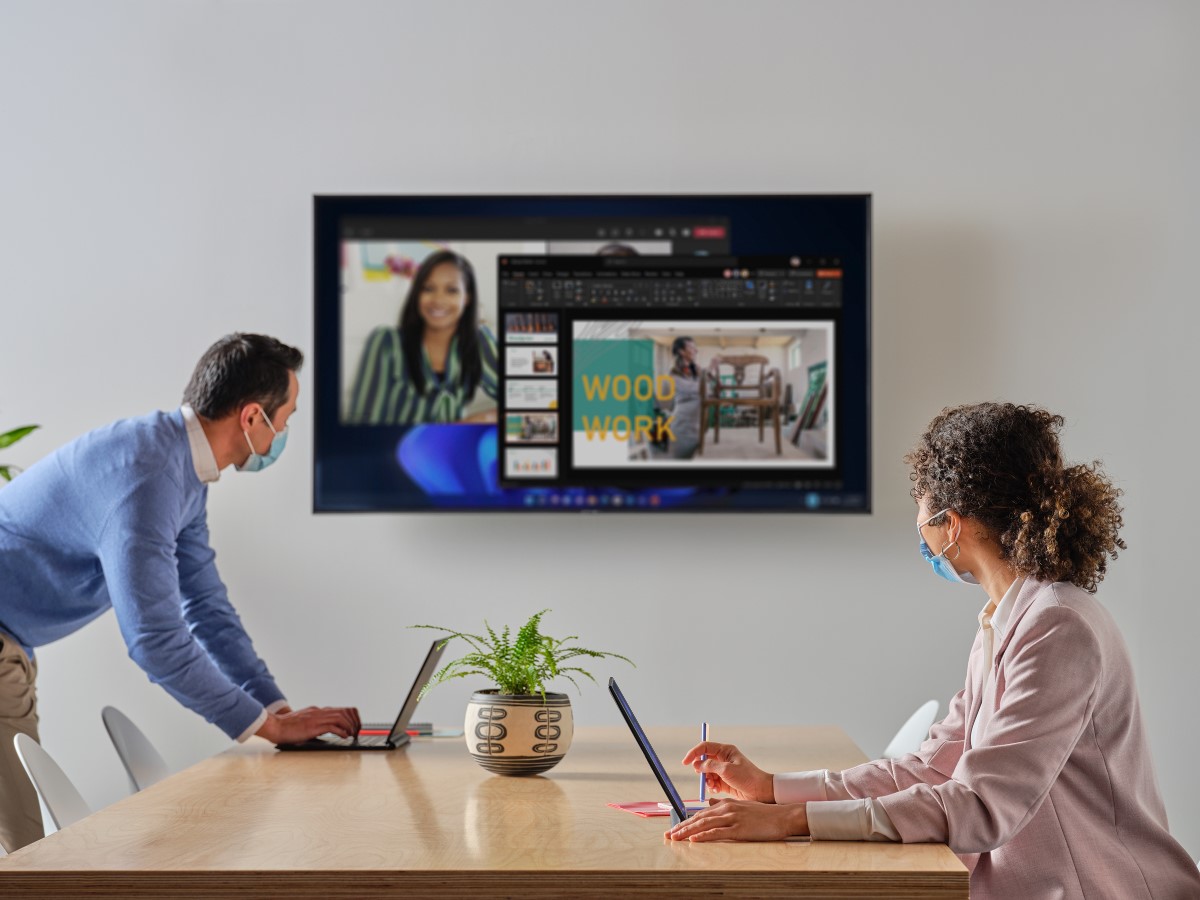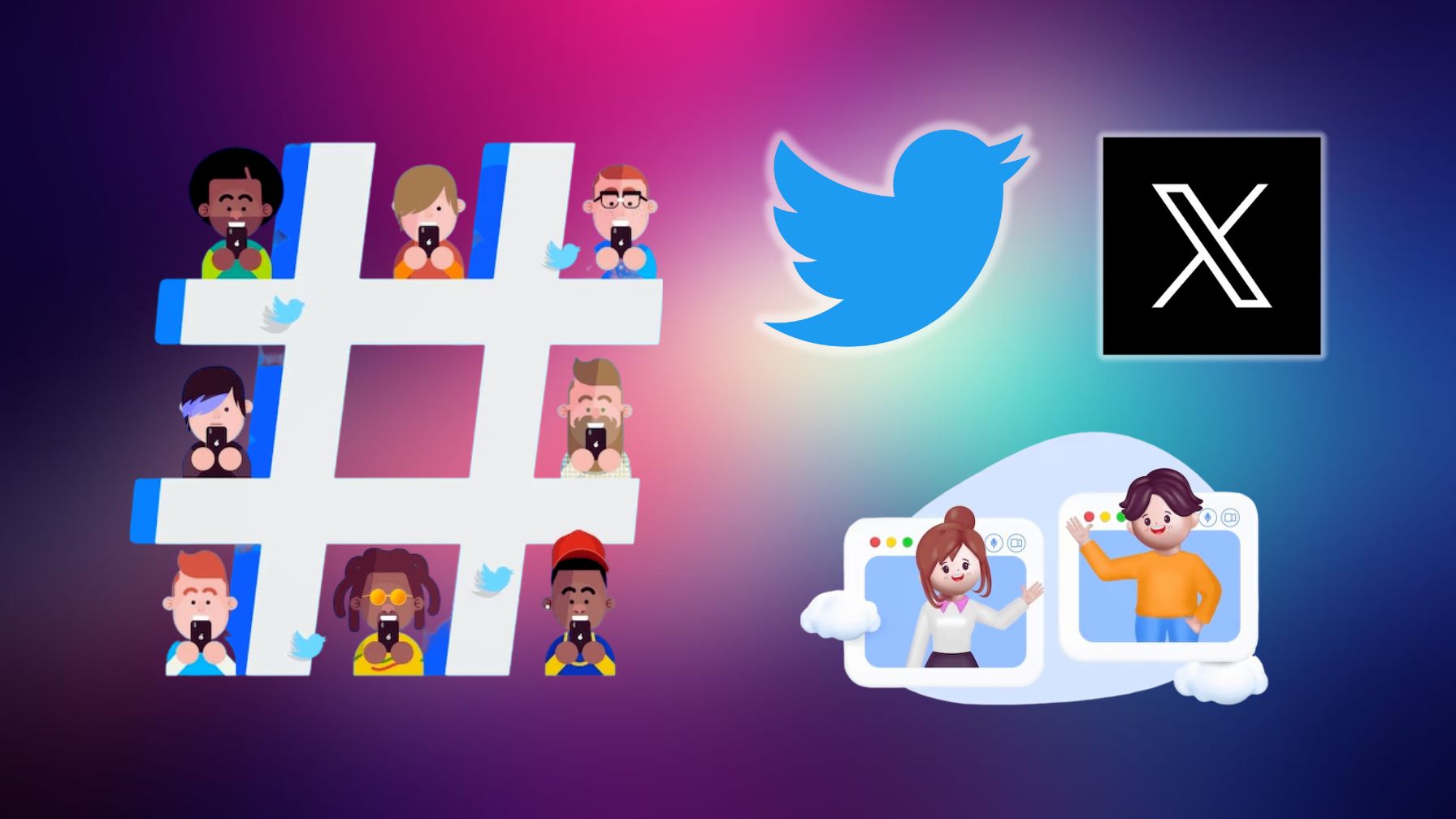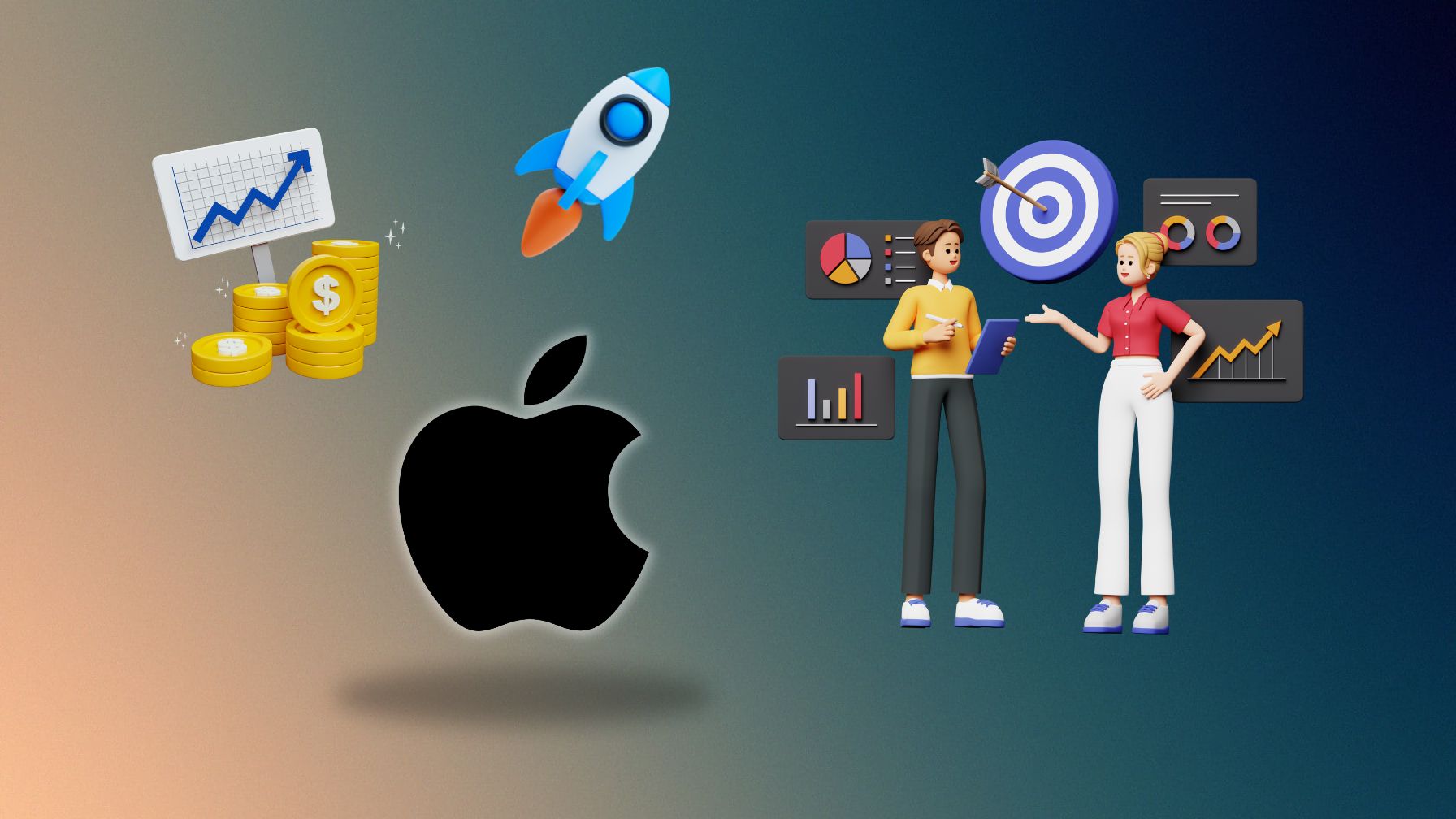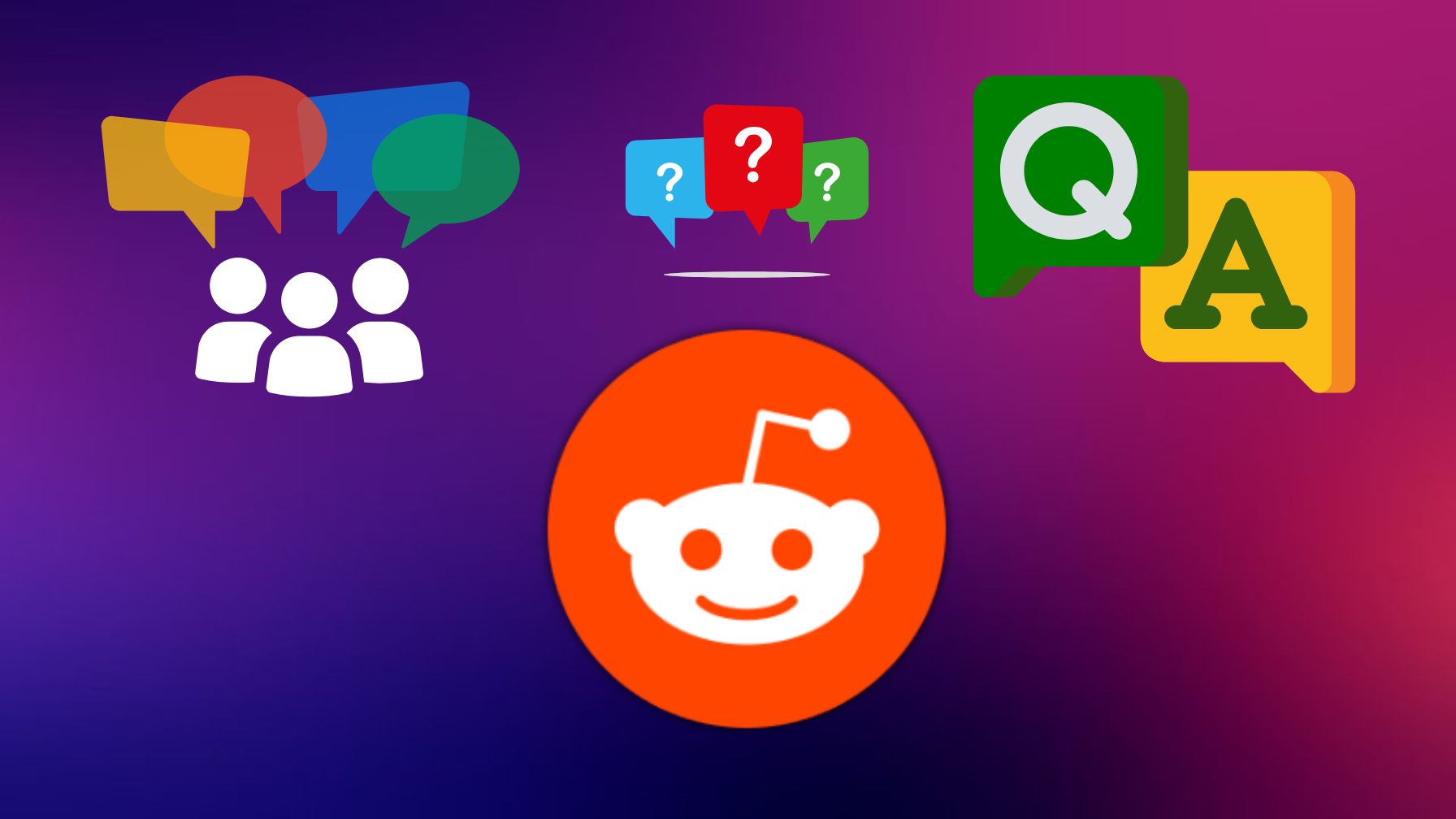WHAT WE HAVE ON THIS PAGE
- Editor’s Choice
- Top 10 Most-Followed Instagram Accounts (Visual Snapshot)
- Total Number of Instagram Users and Follower Trends in 2025
- Average Number of Followers by Account Type (Personal, Business, Creator)
- Countries With the Most Instagram Users
- Instagram Follower Growth Rates by Region
- Demographics of Followers on Instagram (Age, Gender, Location)
- Instagram Followers Growth by Brand Size
- Most Followed Accounts on Instagram in 2025
- Instagram Follower Benchmarks by Industry
- Top Reasons Why You Lose Followers on Instagram
- Follower Engagement Rates and Their Trends
- Role of Hashtags in Attracting Followers
- How to Remove Inorganic Followers on Instagram
- Fake Followers and Bot Account Statistics
- Follower Growth Strategies Used by Top Influencers
- Best Day to Post on Instagram (Engagement Insights)
- Comparison of Instagram Follower Trends vs. Other Social Platforms
- Recent Developments in Instagram Follower Analytics Tools
- Conclusion
- Sources
Back in 2010, few could have predicted that a simple photo-sharing app would evolve into one of the world’s most influential platforms. Fast forward to 2025, and Instagram has become a digital cornerstone for creators, businesses, and consumers alike. From driving brand awareness to creating viral trends overnight, followers are the currency of credibility—and everyone wants more. Whether you’re a content creator, digital marketer, or casual user trying to decode your follower count, these Instagram follower statistics for 2025 will help you understand the landscape in clear, actionable terms.
Editor’s Choice
- Instagram crossed 2.6 billion global users in early 2025, up from 2.35 billion in 2024, marking a 10.6% annual growth rate.
- The average follower growth rate for verified creators increased to 6.3% monthly in Q1 2025.
- Micro-influencers (accounts with 10k–100k followers) saw a 13.4% higher engagement rate than mega-influencers.
- Business profiles with fewer than 1,000 followers now make up 42% of all active business accounts on the platform.
- India leads with over 550 million active Instagram users, followed by the US with 317 million.
- The most followed account in 2025 is Cristiano Ronaldo, now with 678 million followers, up from 606 million in 2024.
- AI-driven tools for follower analytics are now used by 65% of Instagram marketers, highlighting a major shift toward automation and performance tracking.
Top 10 Most-Followed Instagram Accounts (Visual Snapshot)
- Khloé Kardashian rounds out the list with about 330 million followers, continuing the Kardashian family’s dominance.
- Instagram is the most-followed account, with over 700 million followers, holding the top position globally.
- Cristiano Ronaldo secures second place with approximately 600 million followers, making him the most-followed individual.
- Leo Messi ranks third, with around 500 million followers, showcasing his global popularity beyond football.
- Selena Gomez follows closely with nearly 450 million followers, making her the most-followed female celebrity.
- Dwayne Johnson has about 430 million followers, leveraging both Hollywood and fitness audiences.
- Kylie Jenner also approaches 430 million followers, maintaining a strong social media brand presence.
- Ariana Grande garners around 410 million followers, supported by her massive fanbase in music and entertainment.
- Kim Kardashian boasts approximately 390 million followers, fueled by her reality fame and business ventures.
- Beyoncé has a follower count close to 350 million, combining music, culture, and advocacy.

Total Number of Instagram Users and Follower Trends in 2025
- As of April 2025, Instagram has 2.6 billion monthly active users, making it the third most used social platform globally.
- Instagram gained 250 million users between January 2024 and January 2025.
- Over 80% of users follow at least one brand on Instagram.
- 47% of Gen Z users said they discover new products primarily through Instagram, surpassing TikTok and YouTube.
- Instagram Stories drive 32% of all user engagement, a steady increase from 28% in 2023.
- Accounts with over 1 million followers represent only 0.39% of all users, yet generate over 33% of total engagement.
- 30% of Instagram’s user base in 2025 identifies as content creators or influencers.
- On average, new Instagram users in 2025 gain 45 followers in their first 30 days, a 15% drop compared to 2023.
- Instagram’s user retention rate for 2025 stands at 89%, one of the highest among all social platforms.
- Global Instagram traffic from desktop decreased to 17.4%, with mobile usage now accounting for over 82%.
Average Number of Followers by Account Type (Personal, Business, Creator)
- The average personal account on Instagram has 264 followers, up from 233 in 2024.
- Business accounts average 3,467 followers, a 12% YoY increase.
- Creator accounts average 6,230 followers, driven largely by video content and Reels performance.
- Nano-influencers (1k–10k followers) have an average engagement rate of 5.1%, nearly double that of macro-influencers.
- Verified creators with under 50k followers grew by 18% year-over-year, signaling a shift toward authenticity over reach.
- Business accounts in the fashion sector reported an average follower base of 11,920, the highest across industries.
- Instagram Shops linked to business profiles had, on average, 2.3x more followers than similar profiles without a shop tab.
- U.S.-based personal accounts saw a median follower count of 370, while the global median remained at 305.
- Creator accounts that regularly post Reels see a 47% faster follower growth compared to those who don’t.
- Accounts using profile call-to-actions like “Contact” or “Book Now” average 17% more followers than accounts without CTAs.
Countries With the Most Instagram Users
- Italy completes the top 10 with 28.5 million users, still showing solid user numbers in Southern Europe.
- India leads the global Instagram user base with 362.9 million users, showcasing the platform’s explosive growth in the region.
- United States ranks second with 166.2 million users, maintaining strong engagement across all age groups.
- Brazil takes third place with 135.1 million users, highlighting the app’s popularity in Latin America.
- Indonesia follows with 99.4 million users, reflecting the platform’s deep penetration in Southeast Asia.
- Turkey and Japan are tied, each with 58.5 million users, illustrating Instagram’s broad cultural appeal in both regions.
- Mexico has a strong presence with 46.7 million users, making it one of the leading countries in Central America.
- United Kingdom has 32.9 million users, showing consistent growth in the European market.
- Germany closely follows with 31.9 million users, confirming its status as a key European audience.
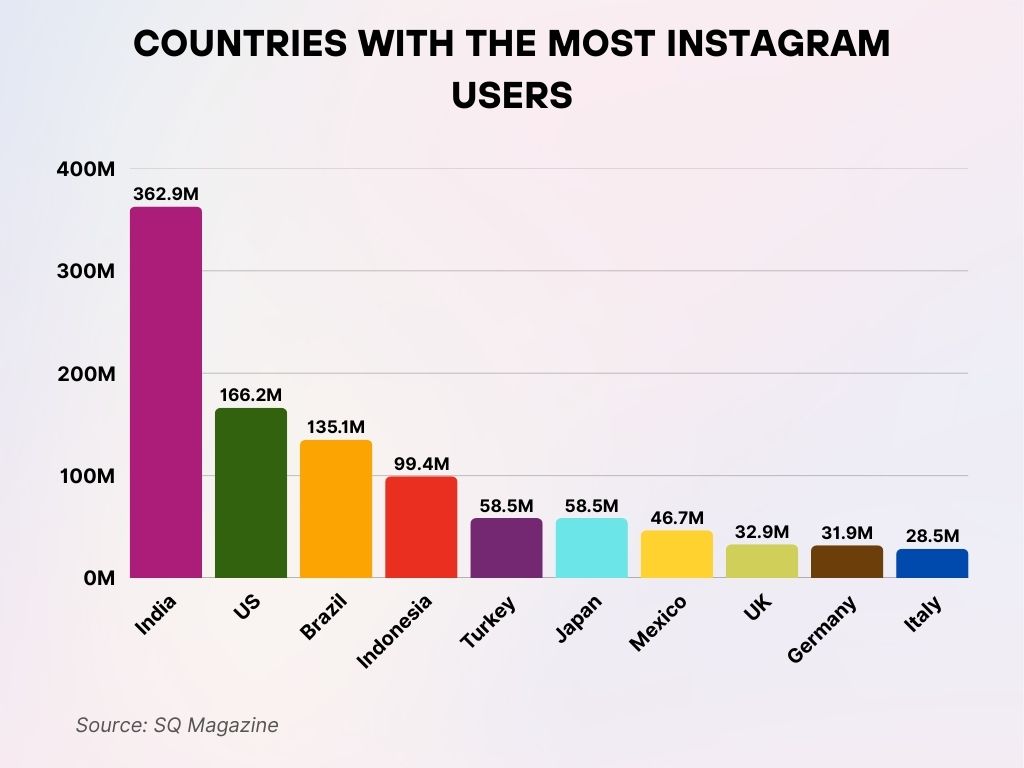
Instagram Follower Growth Rates by Region
- Asia-Pacific leads global follower growth with a 12.8% YoY increase, driven largely by India, Indonesia, and the Philippines.
- India alone added 83 million Instagram users in the past year, accounting for nearly 33% of the platform’s growth.
- The United States recorded a 6.1% annual increase in user base, reaching 317 million users in 2025.
- Latin America saw a notable 9.7% follower growth rate, with Brazil and Mexico leading the regional gains.
- European user growth remained modest at 3.9%, with Germany and Spain posting the highest new user counts.
- Middle East and North Africa (MENA) experienced a 14.2% growth rate, especially among youth aged 18–24.
- Sub-Saharan Africa’s Instagram audience expanded by 8.3%, reflecting increased mobile internet penetration.
- Canada’s Instagram user base rose to 30.2 million, showing a steady 4.5% growth year-over-year.
- Japan’s Instagram adoption among users over 35 grew by 5.8%, influenced by lifestyle influencers and shopping features.
- In Australia, Instagram user numbers increased by 3.1%, reaching nearly 14.8 million by early 2025.
Demographics of Followers on Instagram (Age, Gender, Location)
- 62% of Instagram users are aged 18–34, making it the platform’s dominant demographic group in 2025.
- Female users account for 53.1% of the global Instagram population, compared to 46.9% male users.
- Among users aged 13–17, Instagram ranks as the second-most used app, behind TikTok.
- Millennials (25–34) make up the largest single age group, representing 32.6% of all followers globally.
- In the United States, 71% of Instagram users are urban-based, while only 18% are from rural areas.
- Teen Instagram users in Brazil follow, on average, 153 accounts, significantly higher than the global average of 112.
- Users in Scandinavia (especially Sweden and Norway) exhibit the highest gender balance, a nearly 50/50 split.
- Gen Z followers engage 35% more with Story content compared to older demographics.
- Among U.S. users, Black and Hispanic communities show higher follower engagement rates (12–15%) than the national average.
- Geo-targeted content has led to 21% higher follower growth in multilingual regions such as Switzerland and South Africa.
Instagram Followers Growth by Brand Size
- Large accounts (100k–1M followers) experience the lowest growth at 27%, suggesting saturation effects at higher tiers.
- Small brands with 1k–5k followers see the highest growth rate at 38%, making them the most dynamic segment on Instagram.
- Brands with 5k–10k followers follow closely with a 35% growth rate, showing strong traction in early growth stages.
- Those with 10k–50k followers achieve a 33.8% growth rate, still maintaining robust engagement and scaling momentum.
- Mid-size accounts with 50k–100k followers grow by 30%, indicating a slight dip as the follower base increases.

Most Followed Accounts on Instagram in 2025
- Cristiano Ronaldo tops the list with 678 million followers, up from 606 million in 2024.
- Lionel Messi follows closely at 540 million followers, with a significant uptick after the 2024 Copa América.
- Selena Gomez remains the most followed female celebrity, with 441 million followers.
- Virat Kohli became the most followed Asian athlete with 289 million followers, growing by 22% year-over-year.
- Khaby Lame, known for his silent reaction videos, reached 210 million followers, continuing rapid global growth.
- Kim Kardashian’s following grew to 356 million, reflecting her expanding beauty brand empire.
- Kylie Jenner maintained a steady base at 391 million followers, but growth slowed to 1.2% YoY.
- Nike remains the most followed brand account, with 315 million followers—a 6% increase since 2024.
- Instagram’s own account is still among the most followed, with 625 million followers.
- Rising creator Alix Earle entered the top 50 with 34.2 million followers, up 68% from last year.
Instagram Follower Benchmarks by Industry
- Fashion brands average 1.3 million followers, making it the most followed industry sector on Instagram.
- Fitness influencers typically have 78,000 followers, with 15.3% higher engagement than other industries.
- Food and beverage accounts averaged 842,000 followers, boosted by Reels and recipe content.
- Tech brands like Apple and Samsung saw a 9% follower increase, averaging 2.1 million followers per profile.
- Travel-related accounts saw a rebound post-COVID, with an average follower count of 1.05 million in 2025.
- Educational creators on Instagram average 63,000 followers, with follower counts growing by 21% in one year.
- Beauty influencers maintained a strong average at 497,000 followers, though growth has slowed.
- Gaming brands and creators are rapidly growing, with a 12.8% follower increase in 2025 and an average of 385,000 followers.
- Home décor and DIY profiles averaged 312,000 followers, driven by carousel and how-to video formats.
- Healthcare and wellness professionals saw a 26% boost in followers, especially for mental health and mindfulness content.
- Financial influencers—or “finfluencers”—now average 98,000 followers, with strong growth in the 18–29 age bracket.
Top Reasons Why You Lose Followers on Instagram
- Using “banned” hashtags contributes to a 17% loss in followers, possibly triggering shadowbans or visibility issues.
- Not posting often enough is the leading cause, with 44% of marketers saying it drives followers away due to inactivity.
- Being too “salesy” closely follows at 43%, as overly promotional content turns off genuine engagement.
- Inconsistent aesthetic or voice causes 26% of users to unfollow, highlighting the importance of visual and brand cohesion.
- Instagram removing bot followers accounts for 20% of follower drops, especially affecting inflated or non-organic audiences.
- Posting too often leads to unfollows for 18% of users, suggesting content fatigue or spammy behavior.
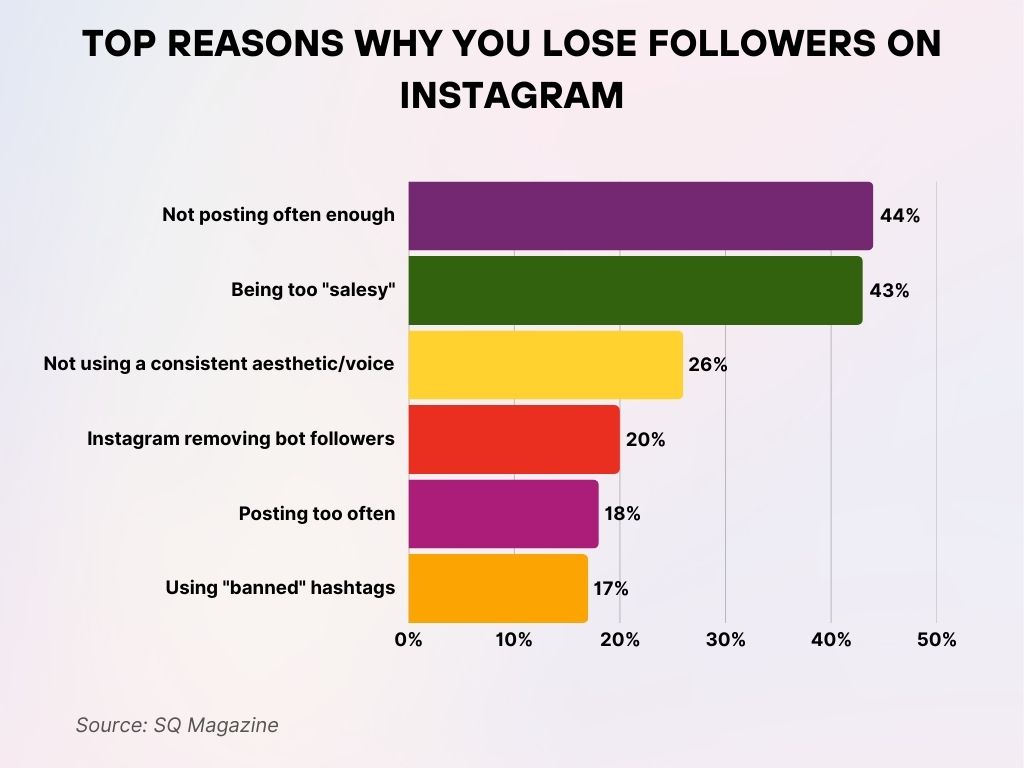
Follower Engagement Rates and Their Trends
- The average engagement rate across all account types dropped slightly to 1.73% in 2025.
- Reels posts outperform others, averaging 2.11% engagement compared to 1.45% for carousels and 1.26% for static images.
- Micro-influencers maintain the highest engagement, averaging 3.2%, up from 2.8% in 2024.
- Accounts with 10k–100k followers saw a 7% decline in like counts, partly due to algorithm shifts.
- Story engagement remains strong, averaging 6.8 taps or replies per 100 views.
- Comments per post average at 0.6% of total followers, a slight increase due to community-centric content strategies.
- Instagram Live sessions boost follower retention by 12%, especially for creators who stream weekly.
- Users with location tags see a 15% higher engagement rate, especially in posts tied to events or travel.
- Accounts that post consistently (at least 4x/week) maintain 28% faster follower growth than irregular posters.
- Posts with caption lengths between 400–500 characters have the highest average engagement rate at 2.3%.
- Posts using at least one hashtag gain, on average, 12.6% more reach than those without.
- The top-performing hashtags in 2025 include #AIArt, #GRWM, #BehindTheScenes, #FitCheck, and #NoFilter.
- Posts with 3–5 hashtags have the highest engagement rates, averaging 2.17%, compared to 1.61% for posts with more than 10.
- Branded hashtags help drive an average 9.4% increase in follower growth for business accounts.
- Niche hashtags such as #NeurodivergentCreators or #EcoHomeTips saw a 21% higher follower retention rate compared to broad, generic tags.
- Hashtagged Stories had a 16% higher view rate, particularly among local discovery-based content.
- Community-driven hashtags like #BookTok, #MomLife, and #PlantParents contributed to 36% of new followers in their respective categories.
- Posts featuring location-based hashtags received 29% more saves, increasing their algorithmic ranking and visibility.
- In 2025, Instagram’s Explore algorithm will weigh hashtag relevance more heavily, making strategic tagging essential.
- Using trending hashtags within the first hour of posting can boost follower discovery by up to 22%.
How to Remove Inorganic Followers on Instagram
- Step 5: Confirm the removal — Tap Remove again in the confirmation popup to successfully remove the follower.
- Step 1: Go to your Followers list — Start by accessing the list of accounts that follow you on Instagram.
- Step 2: Identify suspicious followers — Look for accounts that seem fake, inactive, or irrelevant to your niche.
- Step 3: Tap on the “…” menu — Visit the follower’s profile and click on the three-dot menu icon in the top right.
- Step 4: Select “Remove Follower” — From the menu options, choose Remove Follower to proceed.
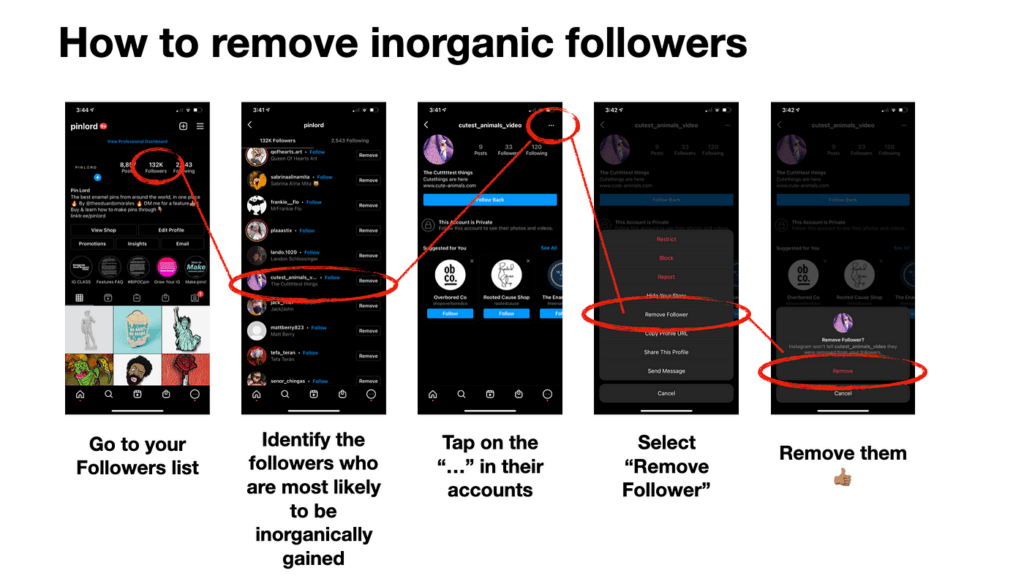
Fake Followers and Bot Account Statistics
- An estimated 14.1% of all Instagram followers in 2025 are bots or inactive accounts, slightly down from 15.4% in 2024.
- Business accounts experience higher fake follower ratios, averaging 18.2%, compared to 10.3% for personal accounts.
- Influencers with over 1 million followers have the highest fake follower ratio, with up to 23% of their audience flagged as low quality.
- Instagram removed over 490 million fake accounts in the past 12 months through automated sweeps and AI moderation.
- Follower audit tools like HypeAuditor and Modash saw a 43% increase in usage, particularly among brands vetting influencers.
- Paid follower growth services dropped by 31% in popularity as Instagram’s detection systems improved.
- Creators caught using fake follower tactics are now shadowbanned for 14 days on average, affecting reach and monetization.
- Instagram’s updated algorithm in 2025 includes real-time follower quality scoring, influencing content placement in Explore and Reels.
- Bots now mimic engagement actions more closely, making it harder to detect without advanced tools.
- Verified accounts have an average of 8.6% fake followers, despite stricter verification processes.
Follower Growth Strategies Used by Top Influencers
- Cross-platform promotion remains the top strategy, with influencers reporting a 19% follower lift from YouTube Shorts and TikTok crossovers.
- Collaborative giveaways drive an average 25.7% spike in follower counts within the first 72 hours.
- Niche targeting results in 34% more sustainable follower growth, especially for creators in wellness, finance, and book content.
- Posting Reels daily yields a 39% faster growth rate compared to accounts that only post once or twice per week.
- Influencers who share authentic behind-the-scenes content see a 17% higher follower engagement and retention rate.
- User-generated content (UGC) campaigns help brands and creators achieve a 12.3% increase in organic followers.
- Teaser content strategies—where creators preview long-form content—drive double the save rate, leading to boosted discovery.
- Micro-influencers collaborating with peers (same follower bracket) grow 2.4x faster than those focusing only on big-name collabs.
- Live streaming with audience Q&As contributes to a 16% monthly follower gain, especially in education and lifestyle niches.
Best Day to Post on Instagram (Engagement Insights)
- Sunday shows the lowest engagement at 8.6%, suggesting it’s the least effective day to post.
- Friday delivers the highest engagement, with a 9.75% median rate, making it the best day to post on Instagram.
- Monday and Wednesday are tied at 9.25%, proving to be strong alternatives for reaching your audience.
- Tuesday and Thursday both yield a 9.2% engagement rate, showing steady performance throughout the midweek.
- Saturday posts receive a 9% engagement rate, which is slightly lower but still competitive.
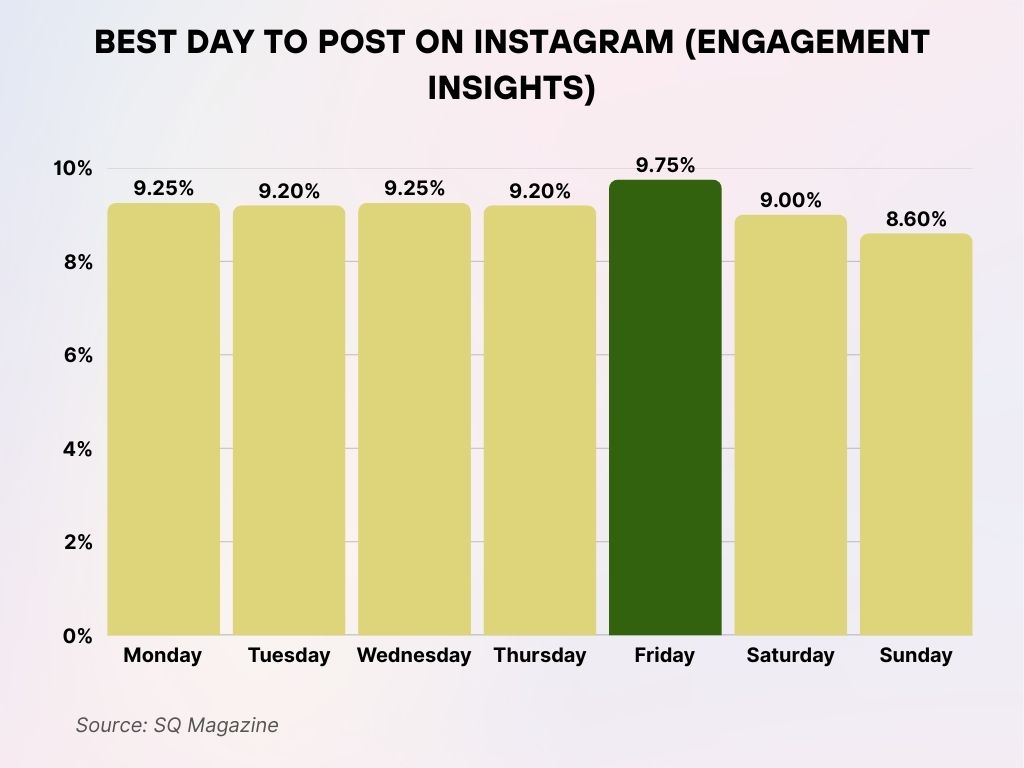
- In 2025, Instagram had the highest median follower count across all major platforms, surpassing TikTok, Twitter, and Pinterest.
- TikTok follower growth remains volatile, with a monthly average fluctuation of 21%, while Instagram’s is more stable at 7.3%.
- YouTube creators gain more subscribers through long-form content, but average daily follower growth on Instagram is 2.5x faster.
- Pinterest users gain followers slowly but steadily, with an average monthly increase of 1.1%—Instagram averages 4.6%.
- Threads, Meta’s Twitter-like platform, shows promising growth in the U.S. but has yet to reach 10% of Instagram’s active user base.
- X (formerly Twitter) sees high follower churn rates—up to 18% annually—compared to Instagram’s 7.8%.
- Snapchat creators experience less follower mobility due to private subscription models, with lower discoverability than Instagram.
- LinkedIn influencers gain traction in B2B, but Instagram continues to dominate in B2C influencer campaigns, accounting for 67% of paid collaborations.
Recent Developments in Instagram Follower Analytics Tools
- Meta introduced an advanced analytics dashboard in early 2025, offering real-time follower source breakdowns and churn alerts.
- Tools like Later, Metricool, and Iconosquare now support AI-driven follower prediction and trend modeling.
- Follower sentiment analysis tools have gained popularity, allowing brands to track positivity/negativity in comments and DMs.
- HypeAuditor’s 2025 upgrade includes bot probability scoring and follower interest heatmaps.
- SocialBlade now tracks influencer follower velocity, identifying patterns of organic vs. inorganic growth.
- Instagram added a “Top Content by Follower Conversion” metric, helping creators identify which posts drove new follows.
- Creator Studio API enhancements allow 3rd-party tools to deliver more granular retention data.
- Real-time demographic shifts in follower base (age, region, gender) are now visible via paid analytics tiers.
- Marketers using analytics tools see a 34% better ROI in follower-based campaigns compared to those not using advanced metrics.
Conclusion
In 2025, Instagram continues to evolve as both a cultural engine and a commercial powerhouse. While follower counts still matter, the value lies increasingly in authentic growth, strategic analytics, and sustained engagement. With the rise of smarter tools, cleaner data, and platform-wide shifts toward video, brands and creators have more power—and pressure—than ever to maintain real relationships with real followers. Whether you’re tracking growth trends or deciding where to invest marketing dollars, understanding these Instagram follower statistics gives you the edge to stay ahead in a platform that’s still rewriting the rules of digital influence.
Sources
- https://www.statista.com/statistics/421169/most-followers-instagram/
- https://www.sprinklr.com/blog/instagram-statistics/
- https://www.meltwater.com/en/blog/instagram-statistics
- https://www.socialinsider.io/social-media-statistics/instagram-statistics
- https://locowise.com/blog/instagram-follower-analytics/
- https://www.socialpilot.co/instagram-marketing/instagram-stats
- https://antlerzz.com/blog/instagram-follower-and-growth-statistics-every-digital-marketeer-should-know/
- https://www.sotrender.com/blog/knowledge_base/track-instagram-followers/

